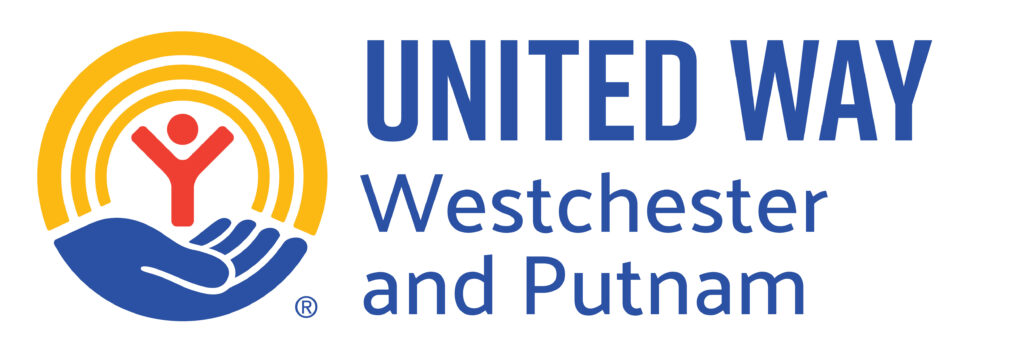Despite Bigger Paychecks, Struggling Households in Westchester and Putnam Continue to Increase

New ALICE Update shows wage growth was no match for inflation after a decade of falling behind
Though wages for the lowest paid jobs have risen across the country at the fastest rate in four decades, the number of households struggling to get by in Westchester grew by approximately 7,500 and in Putnam by nearly 1,500 from 2021 to 2022. As a result, a total of 12,823 households, or 37% in Putnam County, and 133,031 households, or 36% in Westchester County were living paycheck to paycheck, according to a new update from United Way of Westchester and Putnam and its research partner United For ALICE.
That calculation includes the 39,837 households in poverty as well as 93,194 defined as ALICE living in Westchester County …. And for Putnam County that calculation includes the 1,911 households in poverty as well as another 10,912 defined as ALICE (Asset Limited, Income Constrained, Employed), earning above the Federal Poverty Level but less than what’s needed to survive in the current economy. ALICE workers include childcare providers, home health aides and cashiers — those working low-wage jobs, with little or no savings and one emergency from poverty.
ALICE in the Crosscurrents: An Update on Financial Hardship in Westchester and Putnam shows that while wages were increasing, so too were costs. For a family of four with an infant and a preschooler, the basic costs to live and work in Westchester excluding tax credits, rose from $94,140 in 2021 to $107,724 a year later, and in Putnam costs rose from $101,652 in 2021 to $121,116 in 2022. Compounding the issue in 2022 was the loss of up to $15,000 in federal child tax credits and stimulus payments that this family had access to in 2021.
“There is no doubt, bigger paychecks helped, but inflation and the loss of pandemic supports converged to keep ALICE trapped,” said United Way of Westchester and Putnam CEO Tom Gabriel. “This latest data is a reminder that while we have made some progress, our work is far from over.”
The findings in this one-year period are consistent with a more than decade-long trend: Since the end of the Great Recession, despite some ups and downs, the number of ALICE households in Westchester and Putnam counties have been steadily growing. From 2010 to 2022, the total number of households in Westchester rose by over 8%, households in poverty increased by 37% — and the number of ALICE households grew by 19%. And in Putnam while the total number of households increased by 0.5%, households in poverty increased by nearly 10% — and the number of ALICE households grew by 3%.
“The data is showing persistent and widespread financial hardship — a red flag that the current system isn’t working for ALICE,” said Stephanie Hoopes, Ph.D., United For ALICE National Director. “Current policy has not been enough to break down the barriers that trap ALICE households in financial hardship, from lack of access to housing and childcare that’s affordable, to inadequate community supports such as broadband internet.”
Additional insights include:
- From 2010 to 2022, people age 65 and over made up the fastest-growing age group in Westchester and Putnam counties — and the group with the largest increase (45% for Westchester, 51% for Putnam) in the number of households struggling to make ends meet.
- Racial disparities persisted in the rates of financial hardship in Westchester; 53% of Black and 51% of Hispanic households in Westchester were either in poverty or ALICE in 2022, compared to 27% of white households.
- Food assistance continued to elude many vulnerable families in New York. Partly due to the SNAP income eligibility level in the state (150% to 200% of the Federal Poverty Level), only 50% of all New York households in poverty and 22% of all ALICE households participated in SNAP in 2022.
Snapshots of the 2024 ALICE Report for Putnam are available here.
Snapshots of the 2024 ALICE Report for Westchester are available here.
To read the update and access online, interactive dashboards that provide data on financial hardship at the state, county and local levels, visit UnitedForALICE.org/New-York.
